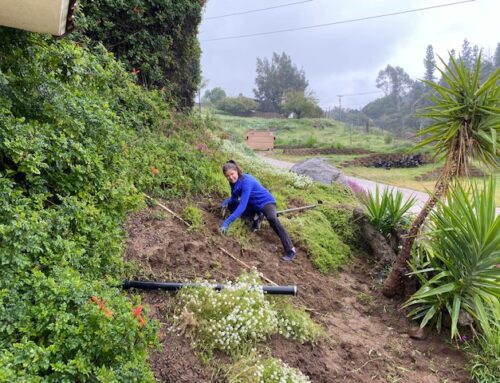As you parent, you come to notice a pattern in your child’s anxious stages (it may even present as clinginess) through their development. It’s helpful to understand why they are going through this. As a resource, I’ve created this guide of natural behaviors to provide a sense of comfort and what to expect through these various phases.
9 months – 12 months
Your infant’s memory is developing and you might start to see your child have “stranger anxiety”. This happens in infants across all cultures. Infants are frightened, withdraw or show distress when they are with unfamiliar people. They now have the ability to compare the faces they see with familiar faces that are in memory, which means they know that they don’t know someone. This can lead to separation anxiety, as they can remember previous separations, and recognize signs of leaving. They also remember feelings of distress. And so they protest the separation, trying to get to parent to stay.
Infants will gradually learn to regulate this. They will also learn that their parent comes back too. As soon as object permanence develops, children can remember their parents internally and feel comfort when they miss them.
18 – 24 months
Separation and fear for the toddler, is necessary for survival, as they practice going off and coming back.
They learn that separations are survivable, reunions can be trusted, and this forms the foundation for confidence in the world.
Toddlers may be more anxious about mom’s attachment, and can be very reactive at this age, because they are developing and realizing that “My parent and I don’t think the same thoughts” and “I can’t control my parent, she has separate thoughts”. Separation and individuation is both exhilarating and frightening. The toddler experiences ambivalence, I want to push mom away, but also want to cling to her. I want to be autonomous and also maintain attachment.
Hopefully this tool helps you as you navigate those first few years and the anxiety including separation anxiety that often come with it. Knowing what your child is probably experiencing will help you know the best ways to address their concerns and needs for their age.




